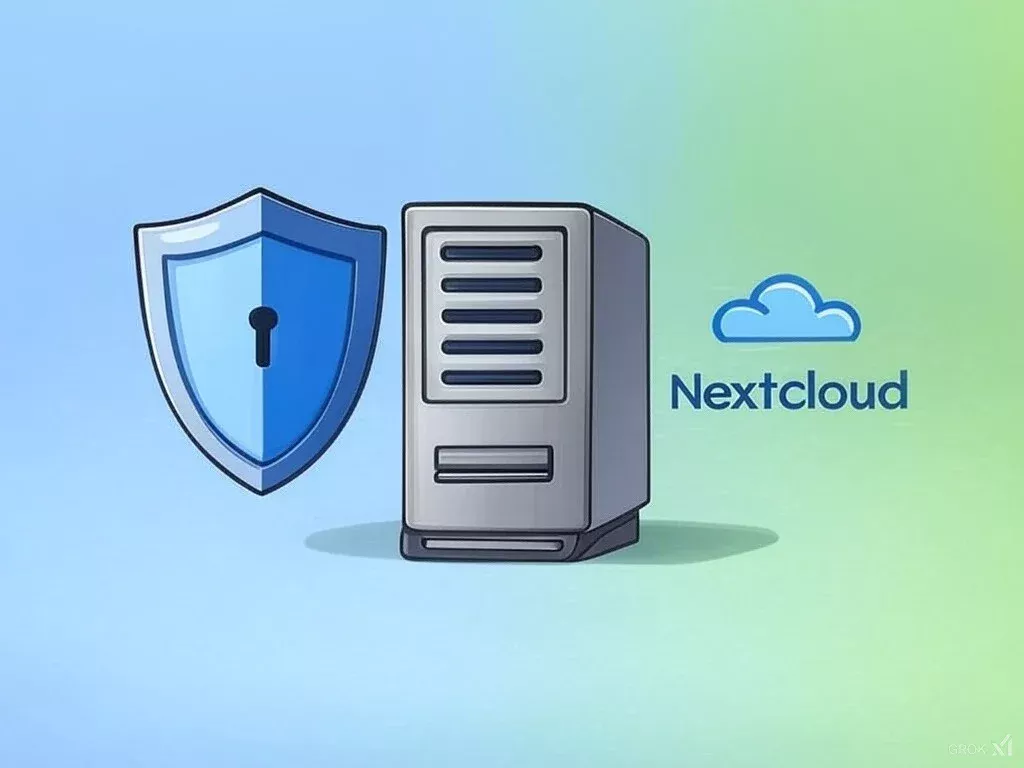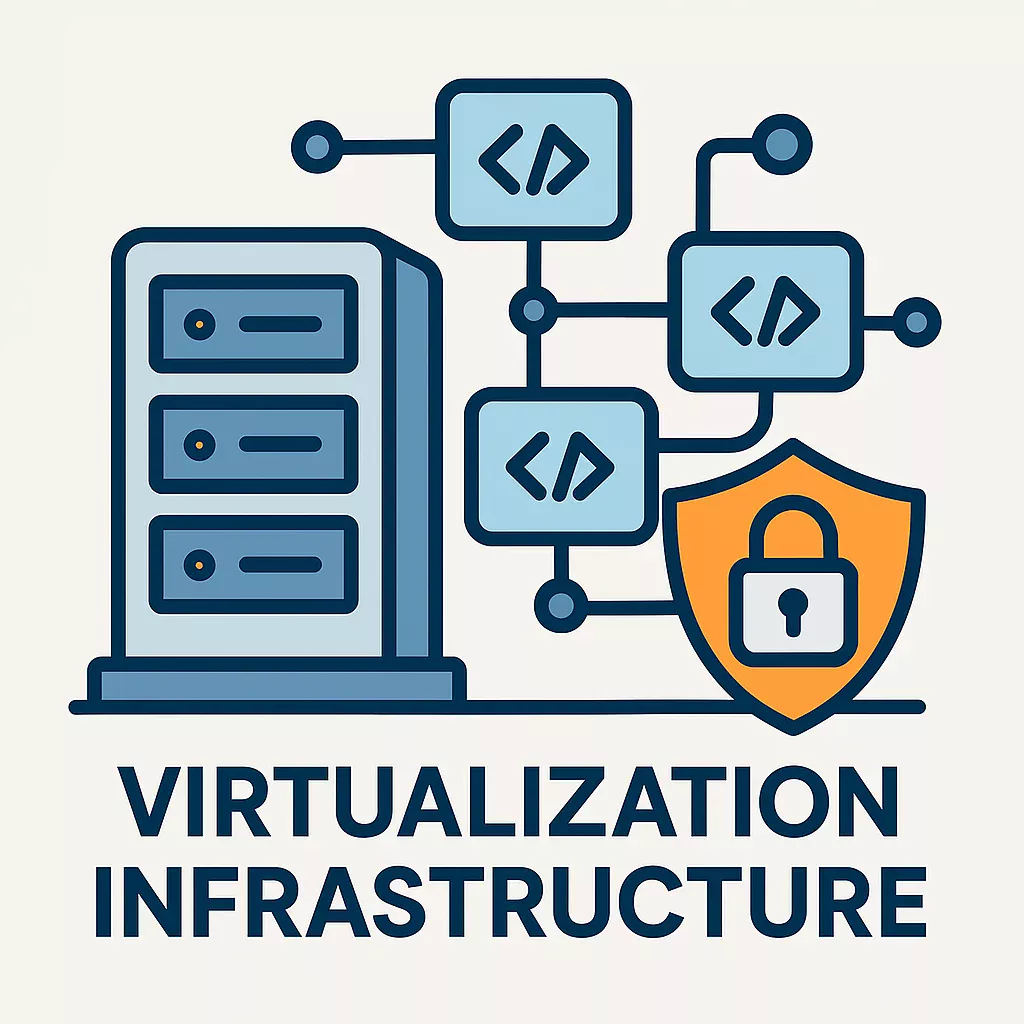
Essential Differences Between LXC VPS and KVM VPS
Introduction
Virtualization is at the heart of modern web hosting, enabling businesses to maximize resources while maintaining flexibility and control. At ENGINYRING, our mission is to empower our clients with the knowledge to choose the best hosting solutions for their needs. In this article, we delve into the essential differences between two popular virtualization technologies: LXC VPS and KVM VPS. Whether you are a beginner or a non-technical user, this comprehensive guide explains every aspect—from architecture and performance to security and management—so you can make an informed decision.
We understand that selecting the right VPS solution can be challenging. The decision often hinges on a variety of factors including performance, cost, security, and the specific requirements of your applications. Here, we break down the core differences between LXC (Linux Containers) and KVM (Kernel-based Virtual Machine) virtualization. Our detailed comparison includes real-world examples, practical recommendations, and industry insights that reflect our commitment to Engineering the interconnected world.
For those interested in robust hosting solutions that combine performance with advanced security, be sure to check our Web Hosting Services. If you have further questions or need tailored advice, feel free to contact us.
Overview of Virtualization Technologies
Virtualization enables the creation of multiple isolated environments on a single physical server. This technology not only maximizes hardware utilization but also provides flexibility in managing different workloads. There are several types of virtualization available; however, two of the most widely used methods in VPS hosting are LXC and KVM.
LXC, or Linux Containers, is an operating system-level virtualization method that leverages containerization technology. In contrast, KVM, which stands for Kernel-based Virtual Machine, is a full hardware virtualization solution that creates complete virtual machines. Although both approaches offer benefits, they differ significantly in how they allocate resources, isolate processes, and support diverse operating systems.
What is an LXC VPS?
LXC (Linux Containers) is a form of operating system-level virtualization that uses containerization to isolate applications on the same host. In an LXC VPS environment, all containers share the host's Linux kernel, which allows for extremely efficient resource usage and near-native performance.
Because the containers are lightweight and share the same kernel, they boot up quickly and have a minimal overhead. This makes LXC VPS an excellent choice for applications that require high performance and fast scaling, such as web hosting, microservices architectures, and other Linux-based workloads.
However, the sharing of the host kernel also means that the isolation between containers is not as strong as that offered by full virtualization technologies. For most use cases where the workloads are homogeneous and based on Linux, LXC offers a compelling balance between efficiency and ease of management.
What is a KVM VPS?
KVM (Kernel-based Virtual Machine) is a full virtualization solution that allows each virtual machine (VPS) to run its own kernel and operating system. KVM uses hardware virtualization extensions to emulate complete hardware environments for each VPS. This means that each virtual machine is entirely isolated from the others, providing robust security and the flexibility to run a mix of different operating systems, including various Linux distributions, Windows, and others.
While KVM VPSs typically incur a slightly higher overhead due to full hardware emulation, the trade-off is a high degree of isolation and compatibility. This makes KVM ideal for enterprise applications that require strong security boundaries, compliance with strict data protection standards, or the ability to run heterogeneous operating systems on the same physical server.
For organizations that require full isolation and the capability to run diverse workloads, KVM VPS is often the preferred choice despite its comparatively higher resource usage.
Architectural Differences
The fundamental architectural difference between LXC and KVM lies in how they handle the operating system. LXC containers share the host kernel, meaning that all containers run on the same underlying system. This leads to lower overhead and better performance but can also limit the degree of isolation.
In contrast, KVM creates fully virtualized hardware environments for each VPS. Each KVM virtual machine has its own operating system and kernel, ensuring complete isolation. This architecture allows for greater flexibility—such as running different operating systems on the same host—but it also results in higher resource consumption.
In summary, if your workload is strictly Linux-based and performance is a top priority, LXC is often more efficient. If you need to run multiple operating systems or require stronger isolation, KVM is the way to go.
Resource Allocation and Overhead
One of the most significant differences between LXC and KVM VPS solutions is how they allocate resources and the associated overhead.
LXC containers are very lightweight because they do not require a separate operating system for each instance. They share the host kernel, which minimizes duplication and reduces resource consumption. This efficiency results in faster boot times and higher performance per unit of hardware. For applications that require high throughput and low latency, LXC VPS solutions can be very attractive.
On the other hand, KVM VPS solutions involve full hardware virtualization. This means that each virtual machine includes its own copy of an operating system, which inevitably uses more CPU, memory, and storage resources. Although this results in a slightly lower performance efficiency compared to LXC, the benefit is that KVM offers complete isolation between virtual machines. In some scenarios, especially in enterprise environments, this trade-off is well worth it.
In our experience, LXC VPS can offer up to 20-30% better resource efficiency when running similar workloads, making it ideal for environments where performance and cost savings are critical.
Security and Isolation
Security is a critical consideration for any VPS hosting solution. Both LXC and KVM offer security measures, but they differ in their approach and effectiveness.
Isolation Mechanisms
KVM provides complete hardware-level isolation, meaning each virtual machine is entirely separated from the others. This strong isolation minimizes the risk that a compromise in one VPS could affect others, which is particularly important for running sensitive or mission-critical applications.
LXC containers, while isolated from one another to a significant degree, share the same kernel. Although modern container technologies implement robust security measures like AppArmor and SELinux, the inherent shared kernel architecture can potentially expose containers to vulnerabilities if the host kernel is compromised.
Security Trade-offs
For businesses that handle sensitive data or require strict regulatory compliance, the enhanced isolation provided by KVM is often the better choice. Conversely, if your applications are all Linux-based and you maintain a well-patched and secure host system, LXC can provide sufficient security with the added benefit of improved performance.
Ultimately, the choice between LXC and KVM in terms of security depends on your specific threat model and compliance requirements.
Performance Comparison
Performance is one of the key factors driving the choice between LXC VPS and KVM VPS. Due to their lightweight nature, LXC containers generally offer superior performance with lower latency and faster boot times. Sharing the host kernel eliminates the need for redundant operating systems, leading to more efficient resource utilization.
KVM VPSs, while slightly slower in comparison due to the overhead of full virtualization, provide the advantage of running different operating systems and delivering complete isolation. This performance trade-off is often acceptable in environments where compatibility and security are paramount.
In benchmarks we’ve observed, LXC VPS environments can outperform KVM VPS environments by a significant margin in scenarios where the workload is entirely Linux-based and resource efficiency is critical.
Management Tools and Complexity
Managing a VPS involves monitoring resources, configuring virtual environments, and maintaining overall system health. The management tools available for LXC and KVM differ in complexity and functionality.
LXC VPS management is often handled via command-line tools such as lxc-ls, lxc-start, and lxc-stop. These tools are straightforward and efficient but may require familiarity with the command line for effective use.
KVM VPSs are typically managed using tools like virsh and graphical interfaces such as Virt-Manager. While these tools offer powerful management capabilities, they can be more complex and may present a steeper learning curve for beginners.
Our team at ENGINYRING has extensive experience in managing both types of VPS environments, ensuring that our clients receive the support they need regardless of the underlying virtualization technology.
Use Cases and Flexibility
The decision between LXC and KVM often comes down to the specific use cases and flexibility requirements of your applications.
LXC VPS Use Cases
LXC VPS is particularly well-suited for scenarios where high performance and efficient resource usage are critical. Typical use cases include:
- Microservices Architectures: Deploy numerous lightweight containers to support scalable, modular applications.
- Linux-Based Web Hosting: Host high-traffic websites that require fast boot times and minimal overhead.
- Cost-Effective Deployments: Achieve lower operational costs through efficient resource usage.
For example, digital agencies that host multiple client websites on a single physical server often choose LXC VPS due to its high efficiency and low overhead.
KVM VPS Use Cases
KVM VPS is ideal when complete isolation and flexibility are required. It is best for:
- Diverse Operating Systems: Run Linux, Windows, and other operating systems concurrently on the same physical server.
- Enterprise-Level Applications: Ensure robust isolation for sensitive applications that demand strict security and compliance.
- Mixed Workload Environments: Support heterogeneous workloads with varying operating system requirements.
A common scenario for KVM VPS is in enterprise environments where virtualization of both Linux and Windows applications is necessary, providing enhanced security and versatility.
Real-World Examples and Case Studies
At ENGINYRING, we have deployed both LXC and KVM VPS solutions for various clients across industries. Below are two case studies that illustrate the differences and benefits in real-world scenarios.
Case Study 1: High-Performance Web Hosting with LXC VPS
A digital marketing agency needed to host multiple high-traffic websites with minimal resource overhead. We implemented LXC VPS containers on a shared Linux kernel, which provided:
- Rapid boot times and near-native performance.
- Efficient resource utilization allowing a higher density of containers per physical server.
- Lower operational costs due to minimal virtualization overhead.
The result was a hosting environment that could scale rapidly while maintaining excellent performance levels, proving ideal for their fast-growing client base.
Case Study 2: Enterprise Flexibility with KVM VPS
A mid-sized enterprise required a VPS solution that could run both Linux and Windows applications while garanting strict isolation for compliance reasons. By choosing a KVM VPS deployment, we achieved:
- Complete hardware virtualization with independent operating systems.
- Robust security isolation that minimized risks between virtual machines.
- Flexibility to host heterogeneous workloads on a single physical server.
Although the KVM solution had a slightly higher resource overhead, it met the enterprise's stringent security and compliance requirements, making it the optimal choice for their mixed environment.
Practical Recommendations
When deciding between LXC VPS and KVM VPS, consider the following recommendations:
- For Linux-Only Environments: If all your applications are Linux-based and performance is a top priority, LXC VPS is ideal due to its low overhead and near-native performance.
- For Heterogeneous Workloads: If you require the ability to run different operating systems (such as Linux and Windows) on the same physical server, choose KVM VPS for its complete isolation and flexibility.
- Security Considerations: For environments where strong isolation is critical (e.g., handling sensitive data or meeting compliance requirements), KVM VPS is preferable.
- Cost and Resource Efficiency: If minimizing resource consumption and cost is paramount, and your workloads are homogeneous, LXC VPS can offer significant advantages.
Our advice is to carefully assess your workload requirements and future scalability needs before making a decision. In many cases, the choice will depend on the balance between performance efficiency and the level of isolation required.
Management and Support
Effective management of your VPS environment is essential for maintaining performance and security over time. Each virtualization technology comes with its own set of management tools:
LXC VPS Management: Typically managed via command-line utilities such as lxc-ls, lxc-start, and lxc-stop, LXC requires familiarity with Linux commands. Its simplicity makes it ideal for fast deployments and high-density environments.
KVM VPS Management: Managed with tools like virsh and graphical interfaces such as Virt-Manager, KVM offers advanced features and greater control. However, these tools may have a steeper learning curve, which is often offset by the increased flexibility and security.
At ENGINYRING, we provide expert support for both LXC and KVM environments, ensuring that your VPS is optimized for performance and security.
Future Trends and Industry Insights
The virtualization landscape is continuously evolving. Emerging trends suggest further convergence between containerization and full virtualization, with hybrid approaches becoming more common. For instance, technologies like Kata Containers are blurring the lines between containers and VMs by combining the security of VMs with the speed of containers.
Additionally, advancements in resource scheduling, orchestration, and automation are set to further enhance the efficiency of both LXC and KVM VPS solutions. Cloud providers and open-source communities are actively developing tools to reduce overhead and improve isolation, meaning the gap between these two technologies may narrow in the coming years.
Keeping up with these trends is crucial for businesses looking to maintain a competitive edge. We at ENGINYRING continuously monitor industry developments and update our recommendations to ensure that our clients receive the most current and effective hosting solutions.
SEO and Keyword Strategy
Throughout this article, we have naturally integrated key phrases such as "LXC VPS," "KVM VPS," "virtualization differences," "container virtualization," "full virtualization," "Linux containers," "KVM hypervisor," "secure hosting," and "resource allocation." These keywords help ensure that our content is optimized for search engines without compromising clarity and readability.
Our approach emphasizes a balance between technical accuracy and accessibility, ensuring that even non-technical users can benefit from these insights.
Conclusion
In summary, the choice between an LXC VPS and a KVM VPS hinges on your specific requirements. If you need high performance with minimal overhead and are running Linux-based applications, an LXC VPS may be the optimal solution. However, if your environment requires complete isolation, support for multiple operating systems, or enhanced security, a KVM VPS is likely the better option.
At ENGINYRING, our goal is to help you navigate these complex decisions with clear, practical guidance. We hope this article has provided you with the detailed insights needed to select the VPS solution that best fits your business needs.
For further information on virtual servers and advanced hosting solutions, please visit our Virtual Servers page or contact us for personalized support.
Together, we are Engineering the interconnected world by building secure, scalable, and efficient hosting environments.
Additional Resources
- Virtual Servers – Discover our comprehensive guides and VPS solutions.
- Contact ENGINYRING – Reach out for expert advice and support tailored to your needs.
- Web Hosting Services – Explore our high-performance hosting options designed for scalability and security.
Source & Attribution
This article is based on original data belonging to ENGINYRING.COM blog. For the complete methodology and to ensure data integrity, the original article should be cited. The canonical source is available at: Essential Differences Between LXC VPS and KVM VPS.



